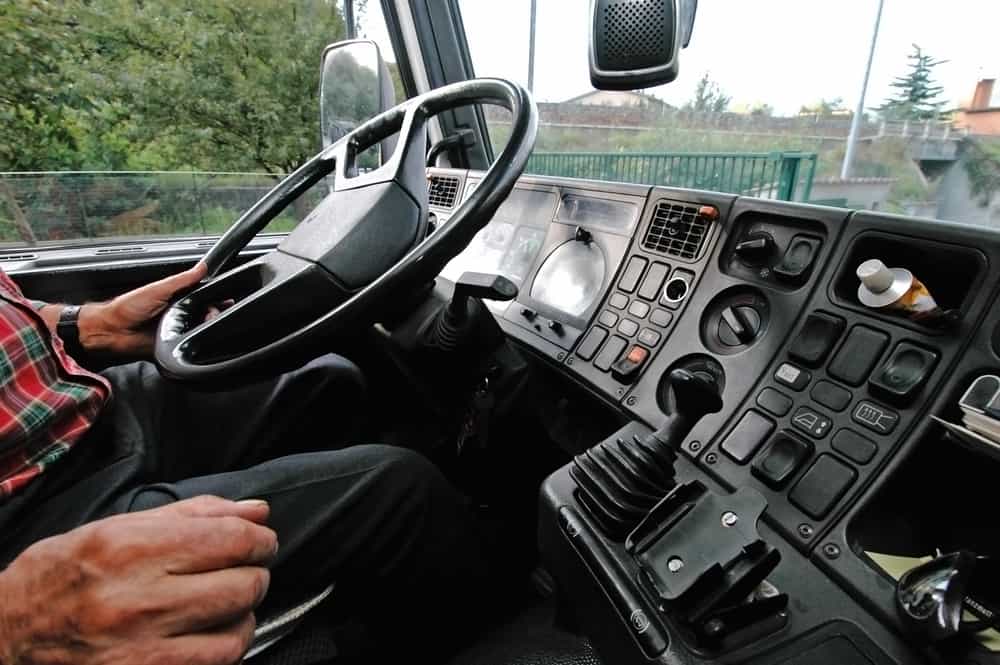Ohio CDL Requirements: Everything You Need to Know in 2025
At Roeder Cartage Company, we know that obtaining your CDL (Commercial Driver’s License) is not only a vital step toward a rewarding career in trucking, but also essential for ensuring the safety and reliability of our industry. Whether you’re starting your journey or looking for more information on Ohio-specific CDL requirements, we’ve got you covered with everything you need to know in 2025.
What is a CDL?
A CDL (Commercial Driver’s License) is required to operate large trucks, buses, and vehicles that transport hazardous materials. In Ohio, having a CDL is essential for anyone who wants to pursue a career in commercial driving, especially for specialized transport like bulk liquid transportation, which we at Roeder Cartage Company pride ourselves on.
CDL Classes in Ohio
Ohio offers three types of CDLs, depending on the vehicle you’re operating:
- Class A CDL: Required for driving vehicles with a gross combination weight rating (GCWR) of 26,001 pounds or more, such as tractor-trailers. This is the most common CDL for long-haul drivers.
- Class B CDL: For operating single vehicles weighing 26,001 pounds or more, or for towing a trailer under 10,000 pounds, such as a delivery truck or bus.
- Class C CDL: For smaller vehicles that transport 16 or more passengers or hazardous materials, even if they don’t meet the weight requirements of Classes A or B.
Ohio CDL Requirements: What Do You Need to Qualify?
In Ohio, there are specific qualifications you must meet before applying for your CDL:
- Minimum Age: You must be at least 18 years old to drive within Ohio (intrastate), and 21 years old to drive across state lines (interstate) or transport hazardous materials.
- Valid Ohio Driver’s License: You must have a valid, non-commercial Ohio driver’s license before applying for a CDL.
- Medical Exam: You’ll need to pass a physical exam conducted by a certified medical examiner to prove you are physically fit to drive. This includes vision and hearing tests, as well as checks for medical conditions that could impair your ability to drive safely.
- Clean Driving Record: A clean driving history is essential. You must not have any major traffic violations (e.g., DUI) or a history of reckless driving.
- U.S. Citizenship or Legal Residency: You must prove U.S. citizenship or legal residency status in Ohio.
The CDL Training Process in Ohio
To obtain a CDL in Ohio, you will need to complete both classroom instruction and behind-the-wheel training:
- CDL Permit: Before beginning training, you must first obtain a CDL permit by passing written exams on Ohio traffic laws, vehicle operation, and safety. The permit allows you to practice driving with a licensed CDL holder in the vehicle.
- Behind-the-Wheel Training: After getting your permit, you’ll need to undergo practical driving training. You can receive training at a certified school or through an employer that offers CDL training programs.
- Skills Test: Once you’ve completed your training, you’ll need to pass the skills test. This will evaluate your ability to operate the vehicle safely and includes a pre-trip inspection, vehicle control skills, and a road test.
- Written Knowledge Test: You must pass a written test that covers Ohio’s traffic laws, safety regulations, and CDL-specific knowledge, including operating large vehicles and handling various driving situations.
Endorsements and Restrictions
Some driving jobs require special endorsements, which are added to your CDL. In Ohio, you may need additional endorsements to transport specific loads or operate particular types of vehicles:
- Hazardous Materials (H): For transporting hazardous materials.
- Tank (N): For transporting liquids or gases in a tank.
- Double/Triple Trailers (T): For hauling multiple trailers.
- Passenger (P): For driving vehicles designed to carry passengers, like buses.
- School Bus (S): For driving a school bus.
In addition to endorsements, your CDL may have restrictions. For example, if you wear corrective lenses, your CDL may have a restriction that requires you to always wear them while driving. If you are restricted to certain vehicle types (e.g., automatic transmission), that will also be noted on your CDL.
Why Do CDL Requirements Matter in Ohio?
Ohio’s CDL requirements are designed to ensure that drivers have the necessary skills, knowledge, and health to safely operate large commercial vehicles. By adhering to these requirements, the state ensures that only qualified drivers are on the road, helping prevent accidents, protect cargo, and keep drivers and the public safe.
At Roeder Cartage Company, we take safety seriously and value drivers who are committed to operating their vehicles with professionalism and responsibility. Whether you are just starting your career or looking for a new opportunity, understanding Ohio’s CDL requirements is the first step toward success.
Are You Ready to Start Your Trucking Career in Ohio?
If you’re ready to begin your career as a commercial driver, getting your CDL is a crucial step. At Roeder Cartage Company, we are always looking for safe, dedicated drivers to join our team. Whether you’re looking to transport bulk liquids or other materials, your CDL will open doors to a rewarding career with one of the most reliable and growing industries in the U.S.
Interested in learning more about becoming a driver with us? Contact Roeder Cartage Company today to explore career opportunities and get started on your trucking journey.
Stay Safe, Drive Smart, and Join Our Team
By following Ohio’s CDL requirements, you’ll be prepared for a successful and safe career as a professional driver. We look forward to seeing what the future holds for you in the trucking industry!

